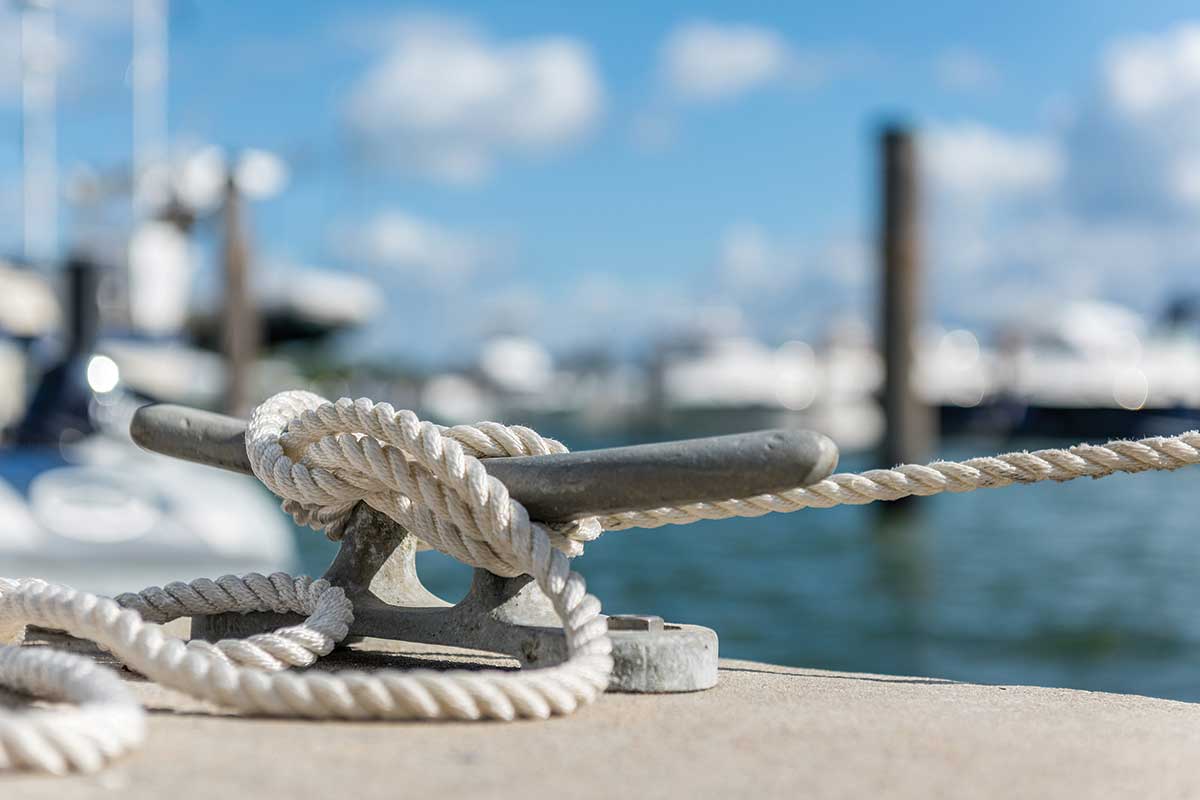During National Safe Boating Week, May 18–24 this year, it’s important to remember that while water safety behaviors such as wearing life jackets and maintaining safe boating speeds have become commonplace, one serious hazard is still often overlooked: electric shock drowning.
Electric shock drowning can occur in fresh water when a low level of alternating current passes through a swimmer’s body, causing paralysis and eventually leading to drowning.
While most marina owners maintain their facilities and post signs about potential dangers, issues can arise near any electrical connection. Electricity can “leak” into waters surrounding a marina, creating a dangerous situation that can’t be seen by just looking at the water.
Common sense and vigilance are the best ways to protect yourself and your loved ones from the risk of electric shock drowning and common boating and water-related electrical hazards.
Keep these strategies in mind.
Unless you know it’s safe, don’t allow yourself or anyone else to swim near docks. Avoid entering the water when launching or loading your boat.
Always maintain at least 20 feet between your boat and nearby power lines.
If you feel a tingle while swimming, the water may be electrified. Get out as soon as possible, avoiding metal objects such as ladders.
Have your boat’s electrical system inspected and upgraded, if necessary, by a certified marine electrician.
Have ground-fault circuit interrupters installed on your boat and test them once a month.
Consider having equipment leakage circuit interrupters installed on boats to protect nearby swimmers from potential electricity leakage into water around your boat.
Never stand or swim in water when turning off electrical devices or switches.
Electric shock drowning can also occur in swimming pools, hot tubs and spas. Routinely have an electrician inspect and upgrade your pool, spa or hot tub accordingly to help keep your family safe.


